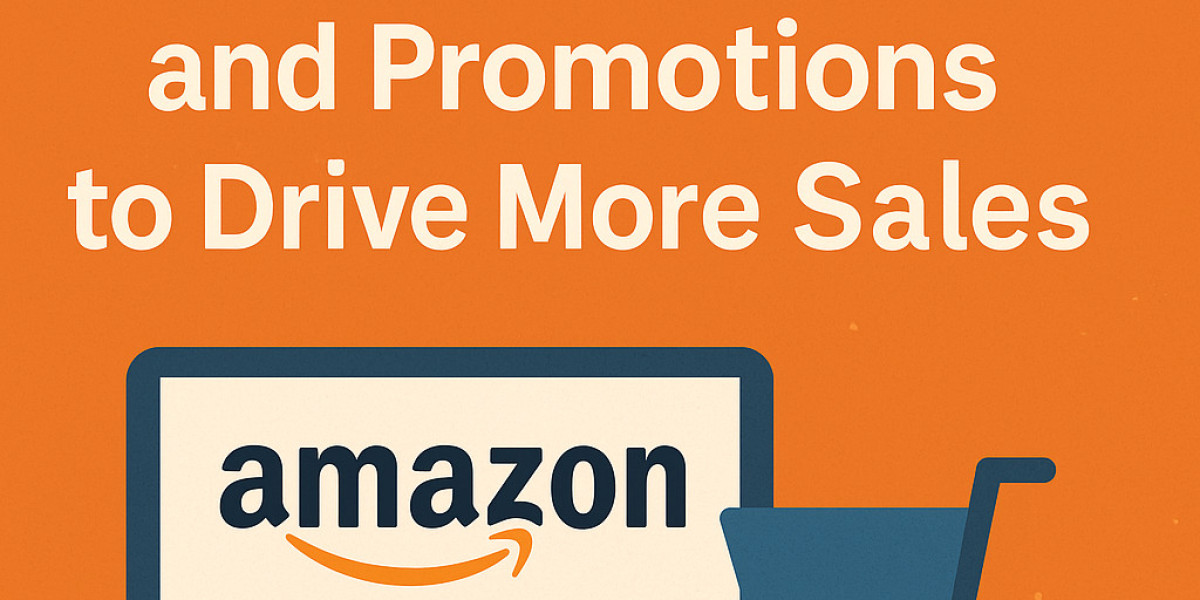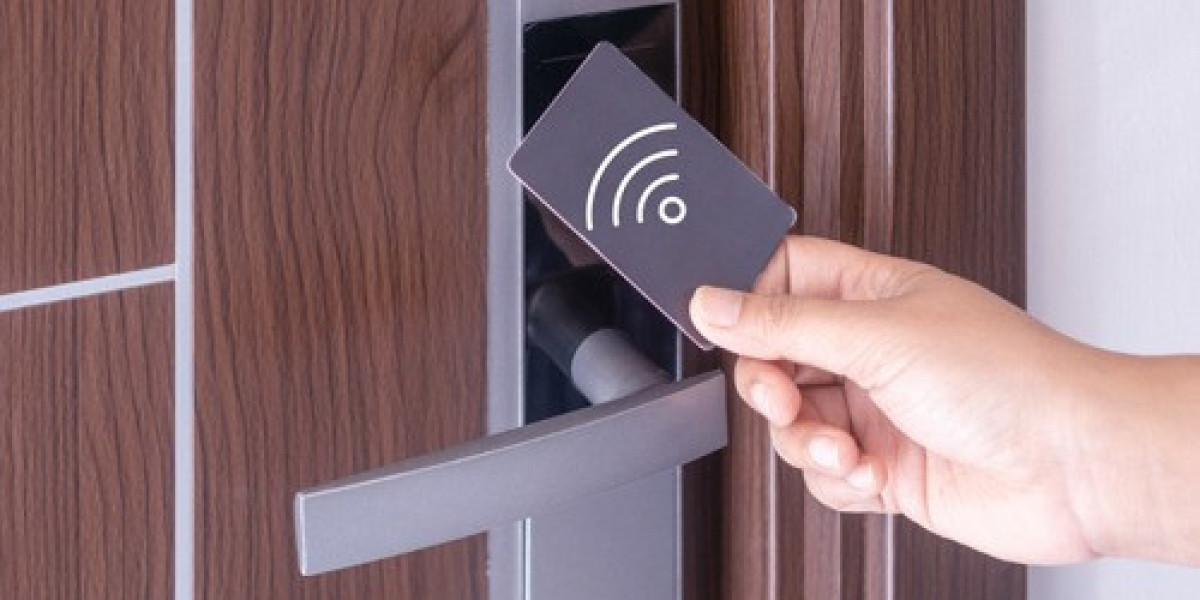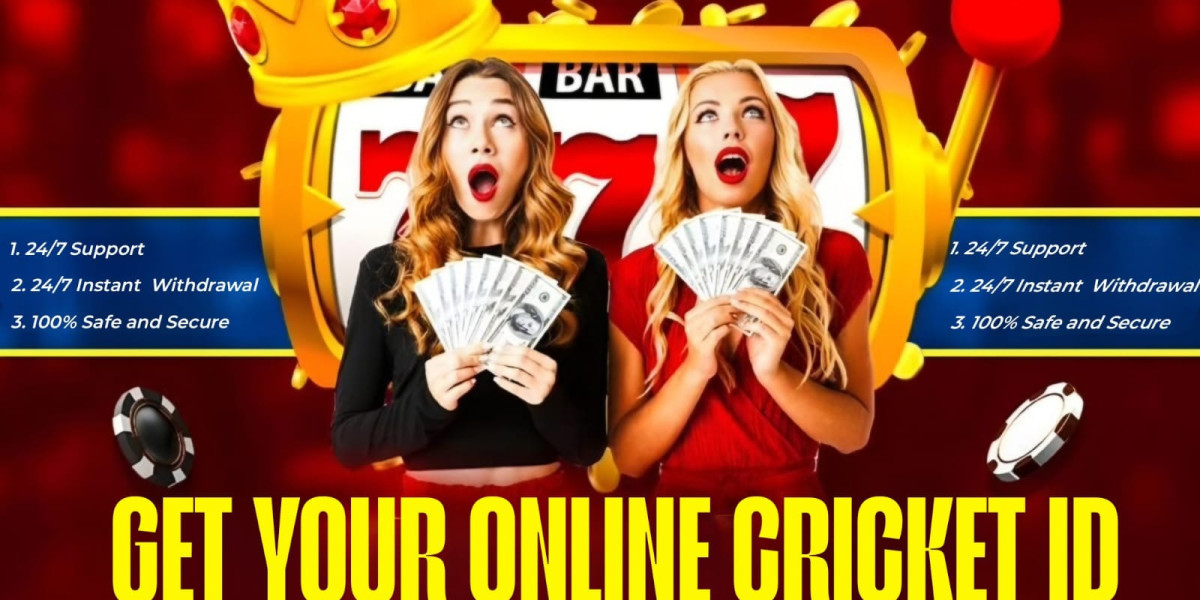Amazon is a competitive marketplace, and standing out requires more than just great products—it demands strategic discounts and promotions. When used correctly, Amazon coupons and deals can boost visibility, increase conversions, and outmaneuver competitors.
But how do you structure promotions for maximum profit? Which types of coupons work best? And how can you avoid the common pitfalls that drain margins?
In this guide, we’ll break down the science behind Amazon promotions, share real-world case studies, and provide a step-by-step playbook to increase sales without sacrificing profitability.
Why Amazon Coupons & Promotions Work
Amazon shoppers love deals—83% of consumers say discounts influence their purchase decisions (RetailMeNot, 2024). On Amazon, promotions provide three key advantages:
Higher Visibility – Discounted products appear in "Deals & Promotions" sections.
Increased Conversion Rates – Limited-time offers create urgency.
Better Organic Rankings – More sales = higher rankings in search results.
Case Study: A home goods seller saw a 37% sales increase after running a 20% off coupon for just 7 days.
Types of Amazon Promotions (And When to Use Them)
1. Amazon Coupons (The Most Flexible Option)
How They Work: Shoppers clip a digital coupon before checkout.
Best For: Everyday discounts, new product launches, and inventory clearance.
Example: "15% Off All Coffee Mugs (Clip Coupon at Checkout)"
2. Lightning Deals (Limited-Time Flash Sales)
How They Work: Deep discounts (often 30-50% off) for 4-12 hours.
Best For: Clearing excess stock or boosting sales velocity.
Key Requirement: Must be an FBA seller with a Professional Seller Account.
3. Prime Exclusive Discounts (For Prime Members Only)
How They Work: Discounts are visible only to Amazon Prime members.
Best For: High-margin products where you can afford a 10-20% discount.
4. Subscribe & Save (Recurring Revenue Model)
How They Work: Customers subscribe for regular deliveries at 5-15% off.
Best For: Consumable products (e.g., vitamins, pet food, coffee).
Pro Tip: Pair promotions with Amazon FBM automation to optimize fulfillment costs and protect margins.
Step-by-Step: How to Set Up Amazon Coupons
Log in to Seller Central → Go to Advertising > Coupons.
Select Products → Choose items with healthy margins (at least 30% profit).
Set Discount (Percentage or Fixed Amount) → 10-30% is ideal for most products.
Choose Duration → 7-14 days works best for urgency.
Submit for Approval → Amazon typically approves within 24 hours.
Warning: Avoid discounting products already ranking well—you’ll sacrifice profit unnecessarily.
5 Proven Strategies to Maximize Promotion Success
1. Stack Coupons with Other Promotions
Example: Offer a 20% coupon alongside a "Buy 2, Get 10% Off" deal.
Result: One skincare brand increased average order value by 22% using this tactic.
2. Target High-Intent Keywords with Sponsored Ads
Run Amazon PPC campaigns on keywords like "[product] + discount" to attract deal-seekers.
Example: A supplement brand bid on "protein powder deals" and saw a 40% higher CTR.
3. Promote Before Peak Seasons
Launch discounts 1-2 weeks before Prime Day, Black Friday, or holidays.
Why? Early shoppers avoid inventory sell-outs.
4. Use Coupons to Boost Reviews
Include a gift or discount code in the packaging in exchange for reviews.
Note: Never explicitly pay for reviews (against Amazon’s TOS).
5. Retarget Past Buyers with Discounts
Use Amazon’s "Follow" feature to notify previous customers of new promotions.
Common Mistakes That Kill Profitability
Discounting Too Deep – Coupons over 30% often attract bargain hunters (low repeat buyers).
Running Promotions Too Long – Shoppers always ignore always-on discounts.
Ignoring Profit Margins – Always calculate break-even ROI before discounting.
Neglecting Competitor Pricing – If rivals discount, match strategically—don’t start a price war.
Real-World Example: A toy seller lost $5,000 in profit by running a 40% off coupon without checking competitor prices first.
How to Track Promotion Performance
Key Metrics to Monitor:
✔ Redemption Rate – % of shoppers who use the coupon.
✔ Sales Lift – Compare sales before/during/after the promotion.
✔ Profit Impact – Ensure discounts don’t erase margins.
Tool Recommendation: Use Helium 10’s Profitability Calculator to model scenarios before launching deals.
Legal & Structural Considerations
1. Protect Your Business with LLC Creation Services
Discounting attracts hijackers. An LLC shields personal assets from liability.
Also ensures compliance with Amazon’s seller policies.
2. Optimize Fulfillment Costs with Amazon FBM Automation
For low-margin promotions, Fulfillment by Merchant (FBM) can be cheaper than FBA.
Tools like SellerActive automate order routing to reduce costs.
Final Checklist Before Launching a Promotion
Margin Check – Can you afford the discount?
Competitor Audit – Are rivals running similar deals?
Inventory Levels – Do you have enough stock to meet demand?
PPC Alignment – Are Sponsored Ads set up to maximize visibility?
Ready to Boost Sales with Amazon Promotions?
Coupons and deals are powerful levers for increasing sales—but only when used strategically. By targeting the right shoppers, optimizing discounts, and tracking performance, you can drive conversions without sacrificing profits.
Need help planning a high-impact promotion? Our team specializes in Amazon FBM automation and profit-optimized discount strategies.
Key Takeaways:
✔ Amazon coupons increase visibility and conversions—but must be used strategically.
✔ Lightning Deals and Prime Exclusive Discounts work best for short-term sales spikes.
✔ Always calculate profit impact before discounting.
✔ Pair promotions with PPC campaigns for maximum exposure.
✔ Protect your business with LLC creation services before scaling promotions.
With the right approach, discounts aren’t just a cost—they’re an investment in long-term growth. Start optimizing your promotions today, and watch your sales soar.



